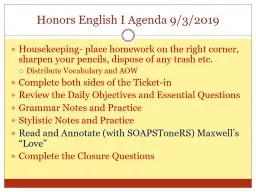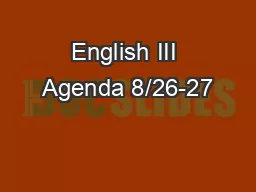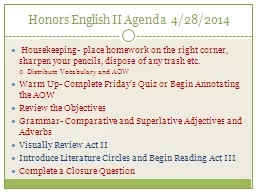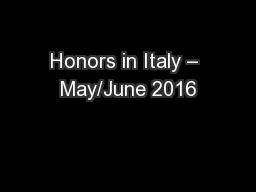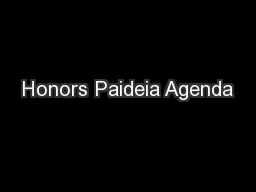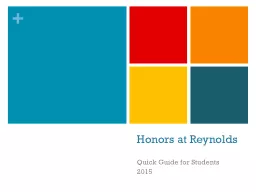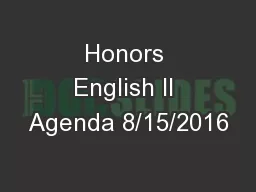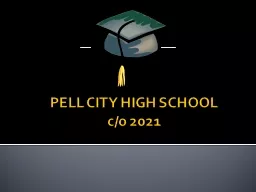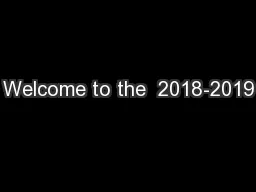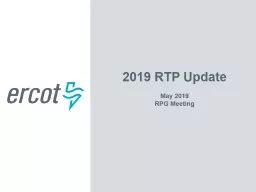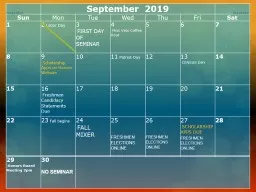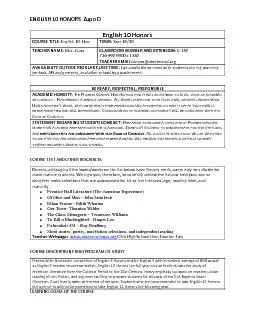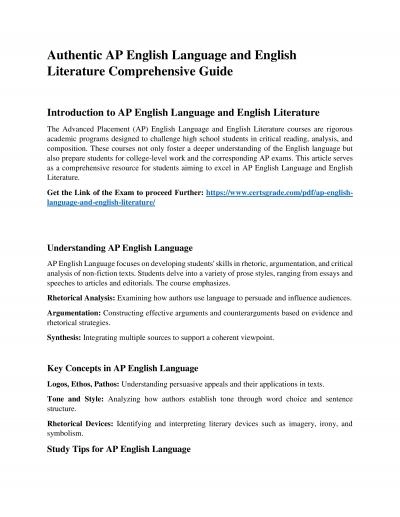PPT-Honors English I Agenda 9/3/2019
Author : marina-yarberry | Published Date : 2020-04-04
Housekeeping place homework on the right corner sharpen your pencils dispose of any trash etc Distribute Vocabulary and AOW Complete both sides of the Ticketin Review
Presentation Embed Code
Download Presentation
Download Presentation The PPT/PDF document " Honors English I Agenda 9/3/2019" is the property of its rightful owner. Permission is granted to download and print the materials on this website for personal, non-commercial use only, and to display it on your personal computer provided you do not modify the materials and that you retain all copyright notices contained in the materials. By downloading content from our website, you accept the terms of this agreement.
Honors English I Agenda 9/3/2019: Transcript
Download Rules Of Document
" Honors English I Agenda 9/3/2019"The content belongs to its owner. You may download and print it for personal use, without modification, and keep all copyright notices. By downloading, you agree to these terms.
Related Documents

